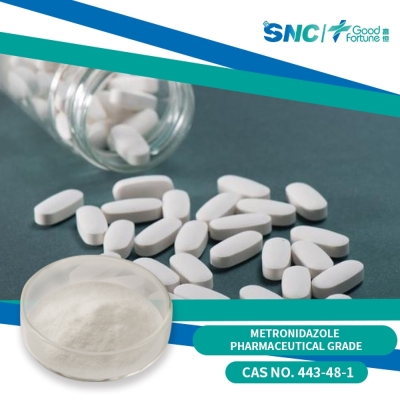-
Categories
-
Pharmaceutical Intermediates
-
Active Pharmaceutical Ingredients
-
Food Additives
- Industrial Coatings
- Agrochemicals
- Dyes and Pigments
- Surfactant
- Flavors and Fragrances
- Chemical Reagents
- Catalyst and Auxiliary
- Natural Products
- Inorganic Chemistry
-
Organic Chemistry
-
Biochemical Engineering
- Analytical Chemistry
-
Cosmetic Ingredient
- Water Treatment Chemical
-
Pharmaceutical Intermediates
Promotion
ECHEMI Mall
Wholesale
Weekly Price
Exhibition
News
-
Trade Service
Minocycline hydrochloride is an antibiotic drug that is widely used to treat a variety of bacterial infections.
The production process of minocycline hydrochloride involves several steps, including the extraction of the minocycline compound from a natural source, its purification, and finally, its conversion into the hydrochloride salt form.
- Extraction of Minocycline: The minocycline compound is extracted from a natural source, usually a strain of Streptomyces bacteria, through a process known as fermentation.
The bacteria are grown in a nutrient-rich medium, and the minocycline is secreted into the medium as the bacteria grow.
The minocycline is then extracted from the medium using a solvent such as acetone or ethanol. - Purification of Minocycline: The minocycline extracted from the natural source is typically impure and contains other compounds such as proteins, lipids, and other impurities.
The minocycline is purified through several steps, including filtration, crystallization, and chromatography. - Conversion to Hydrochloride Salt: The purified minocycline is then converted into the hydrochloride salt form, which is more stable and easier to handle than the free base form.
This conversion is typically done by dissolving the minocycline in a solvent such as ethanol or methanol and then adding a solution of hydrochloric acid.
The minocycline hydrochloride salt precipitates out of solution and can then be collected by filtration and dried. - Purification of Minocycline Hydrochloride: The minocycline hydrochloride salt is typically impure and may contain other impurities such as moisture, organic solvents, or other salts.
The minocycline hydrochloride is purified through several steps, including recrystallization, filtration, and chromatography. - Formulation: Once the minocycline hydrochloride is purified, it is formulated into a final product.
This typically involves mixing the minocycline hydrochloride with other ingredients such as excipients, preservatives, and stabilizers to create a stable, effective, and safe form of the drug. - Quality Control: The final product is then subjected to quality control tests to ensure that it meets the required specifications for purity, potency, and stability.
These tests may include spectroscopic analysis, chromatography, and microbiological assays.
In conclusion, the production process of minocycline hydrochloride involves several steps, from the extraction of the minocycline compound from a natural source to its purification and conversion into the hydrochloride salt form.
The final product is then formulated and subjected to quality control tests to ensure its safety and efficacy.
The production process is highly regulated and must meet strict standards to ensure the quality and safety of the final product.







